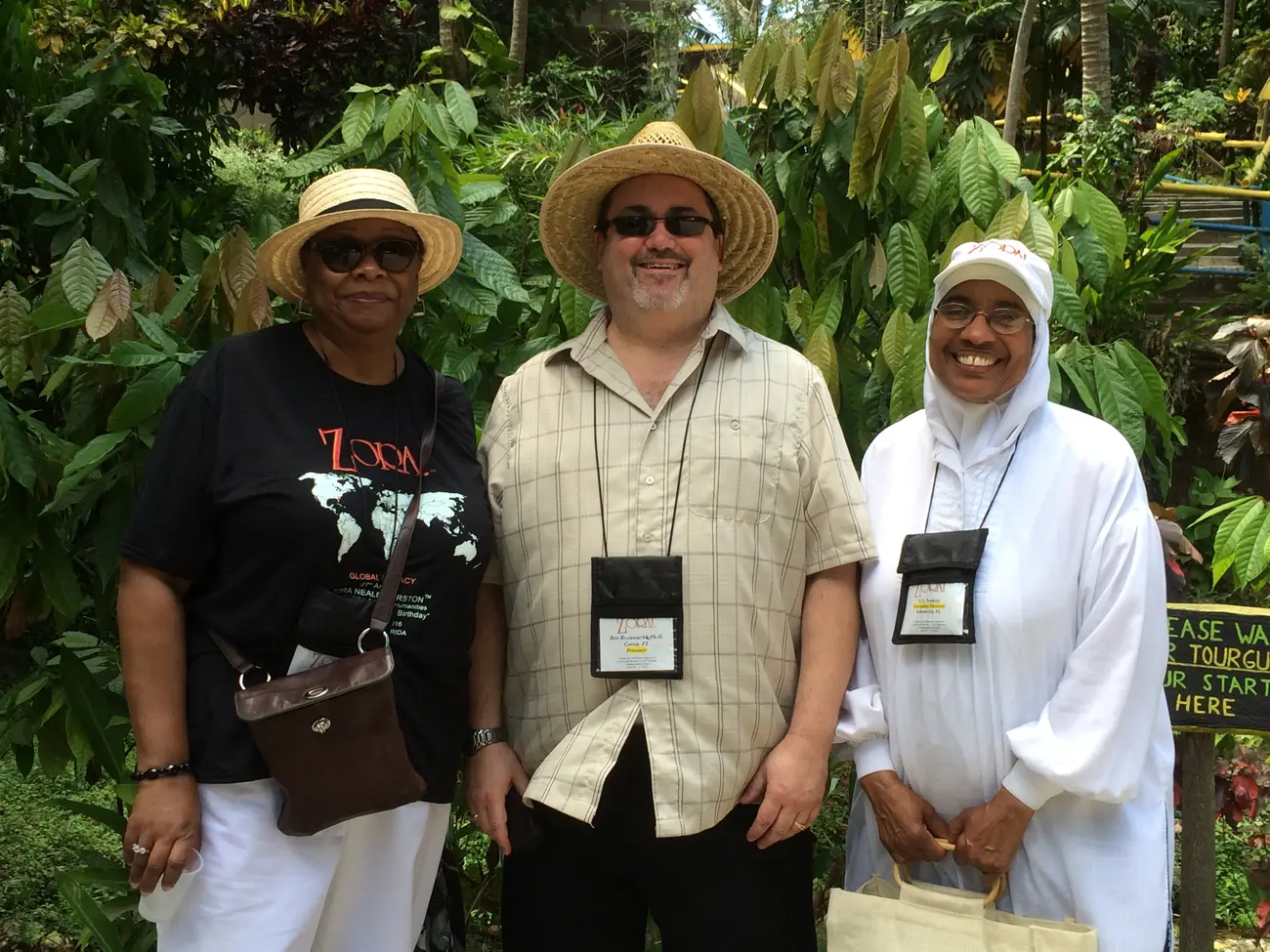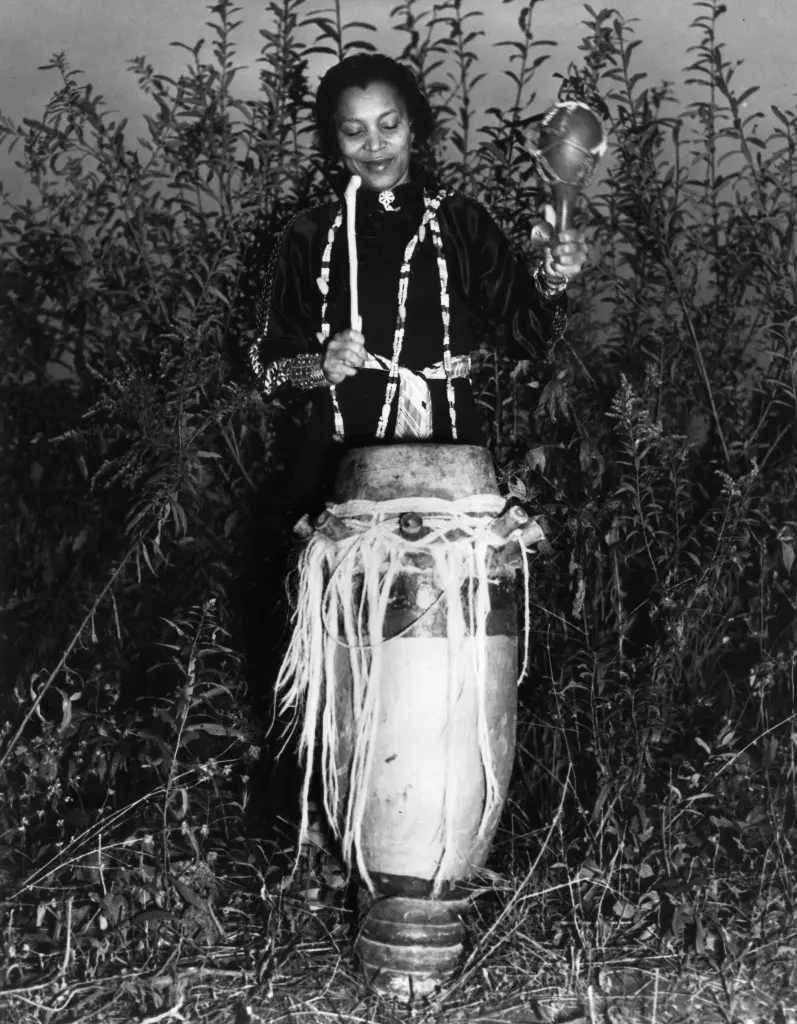Last week, a conference called “Tracing the Caribbean Footprints of Zora Neale Hurston: A 125th Birthday Commemorative Cruise” was held aboard the cruise ship Freedom of the Seas, with private tours in Haiti and Jamaica.
The conference cruise was sponsored by the Association to Preserve the Eatonville Community. That organization is dedicated to the preservation of the oldest incorporated African American municipality in the United States and the memory of its most famous resident, writer, folklorist, and anthropologist Zora Neale Hurston.
Hurston visited Haiti in 1936, where she immersed herself in the local culture, including the practice and documentation of the religion of Voodoo.
She claimed to have taken a seven week break from her anthropological work to write her most famous novel, Their Eyes Were Watching God.
“I believe she did write the novel in seven weeks,” said Ruthe Sheffey, professor emerita at Morgan State University and founder of the Zora Neale Hurston Society. Sheffey explained that Hurston had just ended a personal relationship that could have inspired the fictional story of Janie and Tea Cake.
In 1937, Hurston traveled to Jamaica, where she continued her collection of folklore and folksongs, and the documentation of Caribbean lifeways.
Another result of Hurston’s travels in the Caribbean was perhaps her most dramatic non-fiction work, Tell My Horse: Voodoo and Life in Haiti and Jamaica. In the book, Hurston describes the ancient African religion of Voodoo, documenting its many gods, rituals, and songs of worship.
“Zora was not a tourist with a camera taking pictures,” said Carl-Henry François, who emigrated from Haiti in 1983, and has taught engineering at the University of Central Florida. “She was part of what she was describing. She knows the hymns that they would sing, the position of each person in that hierarchy of the Voodoo gods and worshipers. She knows exactly the names of them.”
Hurston did more than document the Voodoo religion. She immersed herself in the rituals and practices of the belief system.
“What amazed me was her engagement,” said Marie-José François, a medical doctor who emigrated from Haiti with her husband, and is president of the Association to Preserve the Eatonville Community.
“When I say engagement, it’s not somebody sitting there translating for her. She was a witness. She saw stuff to put it down on paper. (Hurston believed that) to tell the story you have to live the story. She was really part of it. I know about Voodoo, but not to the extent that Zora described.”
Much of Voodoo focuses on the medicinal properties of herbs and plants that can be used to both help and to harm people. Hurston spends a chapter of Tell My Horse documenting the creation of Zombies. She describes the use of potions to make a person appear to be dead, erasing their personality. The person becomes the “living dead,” easily manipulated and controlled.
“In Voodoo is like we have both hands,” says Marie-José François. “One is to cure, one hand to kill. Is like the knife of the pharmacist. You can overdose, or keep the right dose. That’s why when you look at Voodoo, people have to be very careful. We have good stuff in Voodoo, like when you talk about the medicinal plants, that’s the good part.”
Voodoo came to the Caribbean when Africans were brought there by Europeans as slave labor. By 1804, people of African descent took control of Haiti from their oppressors, establishing the oldest black republic outside of Africa. The Voodoo religion became an important part of the Haitian identity.
As Haitians and other people of African descent made their way to Florida, some of them brought their ancient religious beliefs with them.
Stetson Kennedy was Zora Neale Hurston’s supervisor when she worked for the Works Progress Administration’s Florida Writers’ Project. In his 1942 book Palmetto Country, Kennedy documented the practice of Voodoo in Key West, Miami, Jacksonville, and Tallahassee.
“Everywhere that you have populations coming from the west coast of Africa, whether they’re in Brazil, they have Macumba, in Cuba they have Santeria, and even in the Dominican Republic and Puerto Rico, anywhere that you have any population that came from Africa, they have these practices,” says Carl-Henry François.

